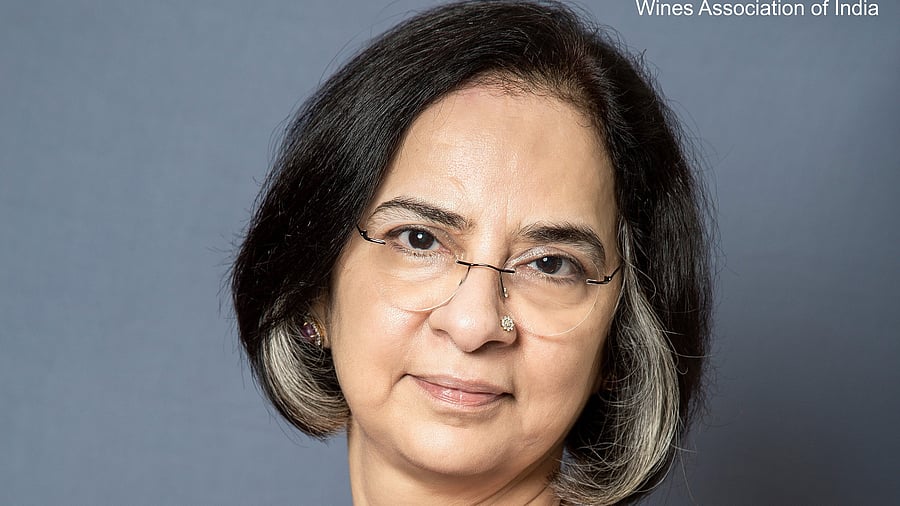
Credit: Special Arrangement
With growing urbanisation, increasing disposable income and changing consumer preferences in recent years, the Indian liquor industry has been witness to an interesting growth trajectory. While it contributes 25-40 per cent in excise duty to state coffers, regulation and taxes continue to comprise significant pain points for the sector. Against this backdrop, the chief executive of International Spirits and Wines Association of India (ISWAI), Nita Kapoor, discussed with DH’s Shakshi Jain the challenges and the latest trends dominating the industry.
Edited excerpts.
Could you list the highlights of the report ISWAI is all set to launch in partnership with Ernst & Young?
India is the fifth largest alcoholic beverage market in the world in value terms. Going forward, we’ll definitely overshoot this number. As far as the value is concerned, today we’re valued at $52.4 billion (Rs 3.9 lakh crore). That’s a lot. And if we’re expected to grow at about 6.6 per cent, this industry will be at $64 billion in five years.
What is the purpose of your visit to Bengaluru?
The reason I am in Bengaluru is really to urge the state of Karnataka and its decision makers to rationalise their taxation towards the premium end of the industry. Given the recent 20 per cent increase in excise that was announced in the budget, the premium industry in Karnataka is decimated. The prices have skyrocketed. This move will also result in a proliferation of informal supply chains where people will buy from neighbouring states. Why such unfairness towards its own citizens?
On priority, ISWAI is seeking label approvals for imported global products, as the products will soon be out of the market if the approvals don’t come through. It is an antiquated way of looking at labels in a digitised world. We urge the government to support the industry through ease of doing business.
How important is Karnataka to India’s liquor industry?
Karnataka is a fantastic market, given its socio economic change and given the fact that it has the highest per capita income. When I talk about Karnataka I am not just talking about Bengaluru, but also the class I, class II towns. The Bangalorisation of Karnataka is not limited to Bangalore. You have the right consumers, the global exposure, high education levels, high income. Karnataka is a mirror of what a global India is for the industry.
What are the top three demands of the industry from the government ?
Inflation is hurting the industry. With inflation the costs go up, the manufacturers need to be given relief. Their margins are getting squeezed. How do you do business? It's a sector that gives 25-40 per cent of a state’s excise collection. It needs to be a partnership relation. There needs to be a transparent inflation index for the industry.
The second is a unified digitisation and adoption of technology for the industry. Everything that we do in our operations needs to be digitised - where we produce, how we produce, how much we produce, when can the products go out, how will it be sold, where will be sold, how much will be sold, at what price will it be sold.
The third ask is consistency of policy. Avoid adhocracy.
Elaborate on some industry trends dominating the ecosystem currently.
We’re seeing growth in the Rs 750 and above bracket. When people talk about premiumisation, this is what they are referring to.You must understand that 80 per cent of the industry is below the price point of Rs 750.
Segment-wise, blended scotch whiskies continue to do well. Both Indian and global single malts are doing well. Vodka has made a comeback, after the pandemic. In-home consumption of liquor has increased. This had gone up during the pandemic, and the expectation was that this would subside after the pandemic. However, in-home consumption continues to grow for certain categories and product types. This is an indication that the cultural taboo is getting addressed.
What would be your quick advice to an entrepreneur in this industry?
I would suggest one should look at individual cities for building the business and not go state-wise.